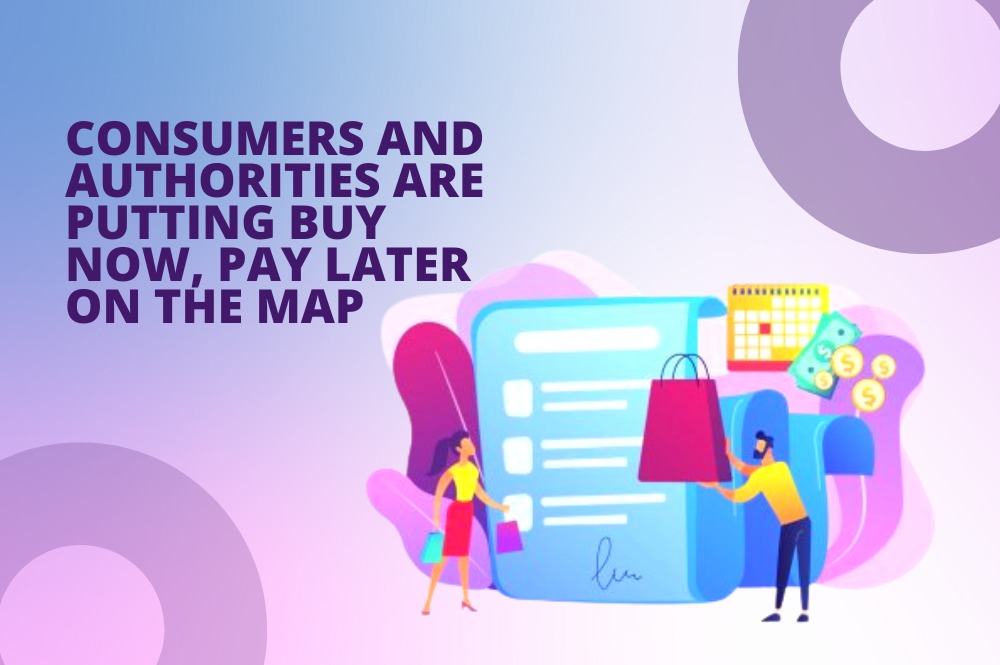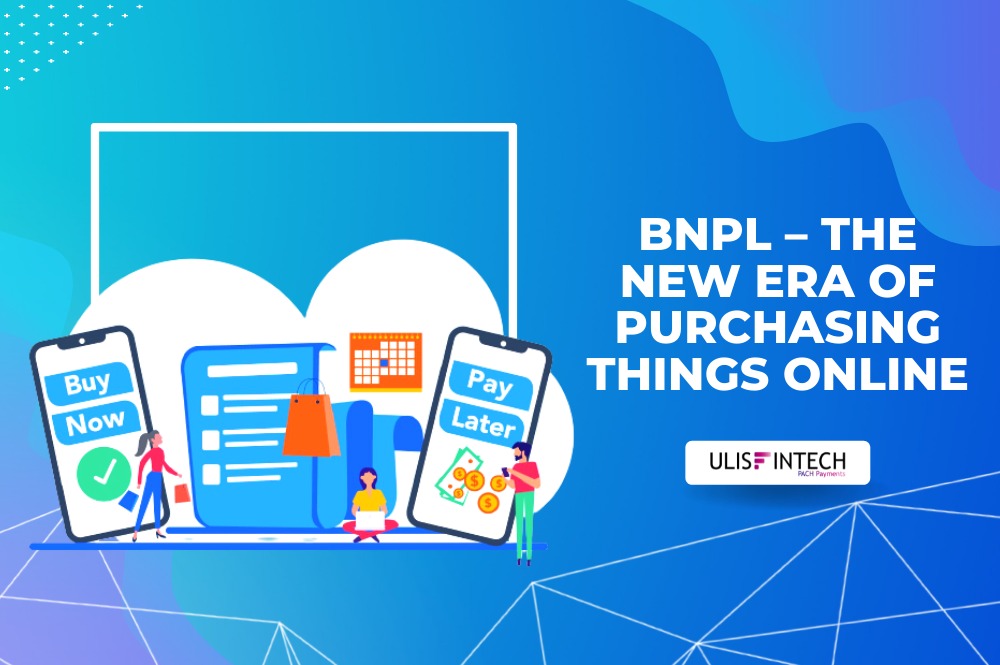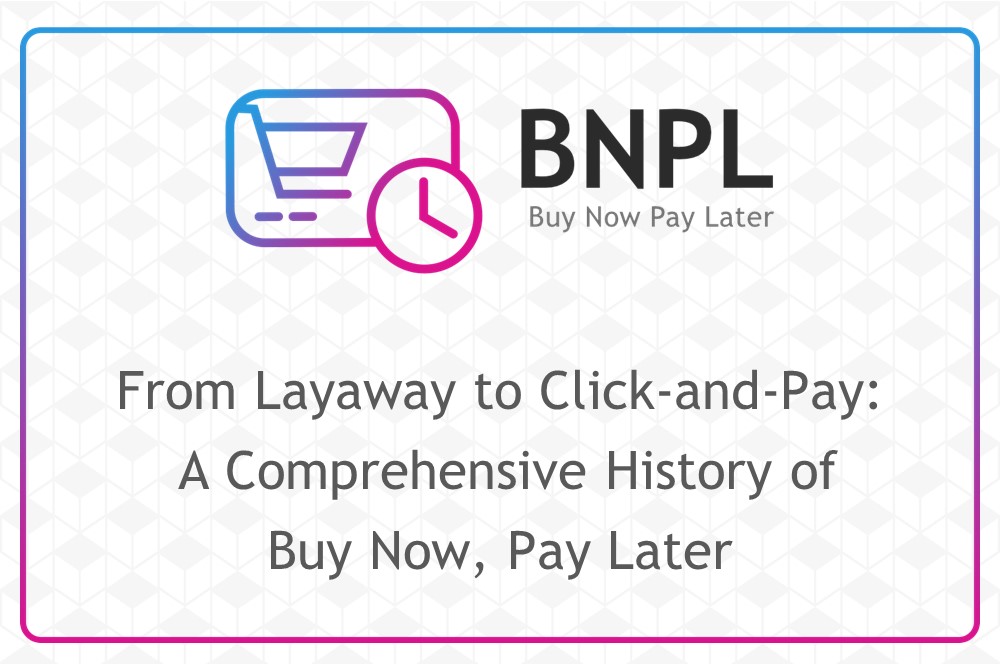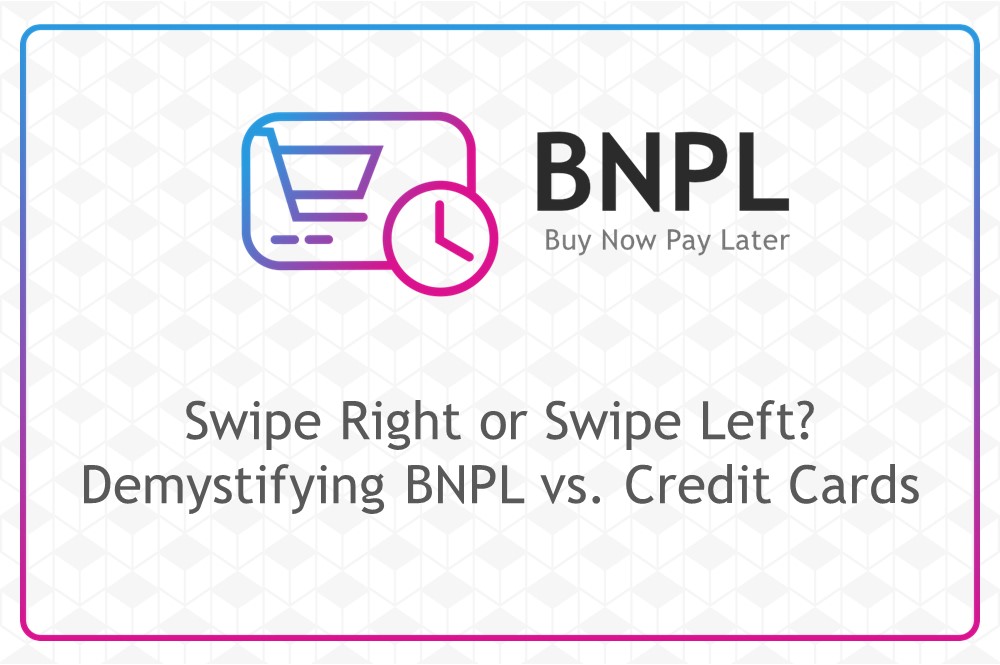Consumers & Authorities are putting Buy Now, Pay Later on the Map
Jul 13, 2022 - 12 MINS READ

Consumers & Authorities are putting Buy Now, Pay Later on the map
These calls have increased in parallel with the expansion of the BNPL business. According to Global Data's thematic analysis, the sector will continue to rise and will be valued at $166 billion by 2023.
Now that everyone is interested in it – from the United States to Latin America to Europe to the United Kingdom to everywhere – buy-now-pay-later is one of the most significant trends in fintech.
The data surely supports him. Investment has flowed into the industry in the last year alone. Klarna has grown to be a $45.6 billion Quadra decacorn, thanks to a $639 million fundraising round sponsored by SoftBank. It is presently Europe's most valued privately held technology firm.
Across the Atlantic, the US-based payment giant Square, which rebranded itself Block last year, has revealed intentions to purchase Australian Afterpay for $29 billion. The agreement could be finalized by the end of March 2022. Affirm, located in the United States, went public in early 2021 and has a market capitalization of $35.9 billion.
Furthermore, the industry has seen a sprinkling of new entrepreneurs attempting to carve out a marketplace for themselves. New enterprises like the United Kingdom's Zilch, Italy's Scala Pay, and Mexico's Nelo have all raised multi-million-dollar rounds for that purpose. In addition, major incumbents such as PayPal, Mastercard, and Visa are making inroads into the market.
It's almost as though you're saying "sustainable. It's a checkbox item for many fintech’s. Whatever the primary cause, the reality is that the BNPL industry is rapidly expanding and stands to benefit greatly from convincing lawmakers, regulators, and customers that its services are safe to use. That, though, may need some effort.
The rapid development of BNPL
BNPL has been expanding at a breakneck speed, whether measured in terms of transactions, users, or merchants. According to Worldpay, it accounted for 5% of e-commerce transaction volume in 2020, up from 3% in 2019. Based on data offered by BNPL providers, we estimate yearly BNPL transactions amount around £6.4 billion, representing a 60%–70% growth over the same time the previous year.
In July 2021, Bain & Company performed a study of over 2,000 UK internet consumers and discovered broad usage, suggesting long-term trends in consumer behaviour. We estimate that around 10.1 million people utilised BNPL in the previous year, based on our customer survey and statistics from BNPL enterprises, representing a 70 percent to 80 percent annual growth rate.
In terms of merchant partners, BNPL provider data indicates that around 20,000 retailers provide BNPL at checkout.
BNPL suppliers are growing increasingly prevalent in both online and offline retail. They handle a wide range of customers' "Jobs to Be Done" (a thesis suggested by Clayton Christensen as a shorthand for what an individual aspires to achieve in a particular situation). The conditions surrounding BNPL range from discovering tailored lifestyle items such as apparel and gadgets to simplifying online transactions and postponing payment until the products are received).
In the United Kingdom, BNPL has long thrived in many forms, including point-of-sale (POS) financing and mail-order or catalogue credit. Traditionally, such businesses have concentrated on providing clients with interest-bearing loans (occasionally with interest-free intervals) at the point of sale. Historically, their goal was to make larger purchases more accessible by financing them over relatively extended periods of time. This was the first version, known as BNPL 1.0.
On the other hand, goes into BNPL 2.0, which has swiftly acquired traction with customers and merchants of all types. BNPL 2.0 is defined as digital services that allow users to postpone or delay payment for goods at the moment of purchase. For each transaction, providers analyse creditworthiness in real-time, then pay the merchant the purchase price plus a service fee. Individuals make interest-free payments to the supplier.
The Financial Conduct Authority (FCA) of the United Kingdom refers to such retail credit products as "delayed payment credit," which are currently exempt from consumer credit regulation due to their short-term and interest-free nature. The development of BNPL has piqued the interest of both retailers and investors and has sparked debate about putting delayed payment credit under FCA oversight.
Given the market's expansion and the need for more regulatory control, it's important to understand BNPL, how it evolved, and how it differs from other payment and credit products.
All credit goes to the forerunners.
Offering loans at the checkout is nothing new, and it may be difficult to discern how BNPL 2.0 distinguishes itself from competitors in the industry. Direct predecessors in terms of the customer's complete experience with a business include POS lending and mail-order/catalogue credit (BNPL 1.0). In the United Kingdom, merchants that provide POS loans include John Lewis and dfs, as well as classic catalogue companies like Very, Littlewoods, JD Williams, Argos, and Next.
Prior to the Internet, customers would browse a store or a catalogue, choose things, then decide whether to pay cash or take out a loan for the transaction. The major goal of this business was to allow clients to spend more by providing credit and the option of spreading payments to manage their cash flow. The consumer browses, choose things and is given payment choices, including an installment loan for the purchase. As a result, BNPL 1.0 turned digital.
However, the transition to online purchasing has accelerated the evolution and expansion of BNPL 2.0, as opposed to digital BNPL 1.0. One early issue for customers was that they had to endure a gap between payment and delivery.
While the use cases of BNPL 1.0 have stayed mostly unaltered, BNPL 2.0 has expanded to satisfy more client Jobs to Be Done, such as:
- Payment methods that are easy and secure;
- credit sources that are less expensive and simpler to administer than alternatives (for example, through an app);
- and the option to spread or defer payments, which aids in the management of personal cash flow.
These advantages contribute to BNPL's unusually high levels of client satisfaction; with a Net Promoter Score of 30 (on a scale of 100 to 100), it outperforms many other payment and credit products.
The distinction in use cases is due to fundamental variations in the design of BNPL 1.0 and BNPL 2.0 products. The most evident is that BNPL 1.0 items are usually of interest. Some have interest-free periods, and annual percentage rates (APRs) can range from low to extremely high, but they are fundamentally organized and regulated as interest-bearing products.
Another significant distinction is who owns the customer connection. When a consumer checks out in digital BNPL 1.0, the financing option is frequently branded under the merchant's name, so preserving the customer relationship under the retailer's canopy. The consumer can easily perceive the independent character of the finance provider with well-known BNPL 2.0 suppliers.
Because of the evolution of internet buying and product discovery, more retailers are now in this position. Brands can reach out to customers in targeted, low-cost ways thanks to digital advertising and social media. Platforms like Shopify enable practically any merchant to create an e-commerce website and sell directly to customers. They must as always, provide payment solutions that are widely available and trustworthy. This is where independent, fintech-branded BNPL 2.0 possibilities distinguish themselves. They democratize digital payment access for both large and small retailers, while also reaping the benefits of quick credit, such as greater basket sizes.
In the United Kingdom, BNPL goods are being dissected.
The UK is the world's third-largest e-commerce market, with over £100 billion in sales in 2020. According to Worldpay, BNPL contributed around 5% of this transaction volume, a 70 percent increase over 2019. This level of BNPL penetration in e-commerce exceeds that of younger markets such as the US (about 2%), but falls well short of that of other Western European nations such as Sweden (23%) and Germany (19%), as well as Australia and New Zealand (10 percent each). At first look, BNPL may appear to be a niche product in the United Kingdom.
When looking at consumer penetration rather than transaction volume, the picture changes. According to our poll, around 25% of 18–to–74-year-olds will pay with BNPL at least once in 2021. This is greater than the 20% of users estimated by a Capital Economics study in March 2021, but it is consistent with what major providers stated in our interviews. As a result, many consumers use BNPL, albeit considerably less frequently than mobile wallets or cards, as seen by our survey results. This is unsurprising for a new product and explains why overall transaction values appear below.
At the heart of the system are embedded e-commerce checkout services.
Given the scale of the potential, it makes sense to rush to participate, if not lead, in this industry. Six businesses account for the vast majority of BNPL transactions in the UK. Most of them started with an incorporated e-commerce checkout product that allows consumers to pay in instalments. Their business structures differ in terms of omnichannel capabilities, credit approval processes, and the application of late repayment fines.
Credit evaluation and underwriting
BNPL providers have also innovated in order to create their own credit evaluation procedure. Credit underwriting for BNPL enterprises must strike a balance between two frequently competing criteria. First and foremost, businesses must cultivate connections with their clients and aim to please them. When we polled over 600 people who had used BNPL in the preceding six months, just 8% said they preferred a traditional choice, such as a credit card. This is a shift in perception and behaviour caused by rethinking how people purchase, making credit available to more people and with considerably faster approval processes.
The second objective is the requirement for consolidated information sharing in order to prevent clients from debt ballooning among different suppliers. Credit reference agencies' (CRAs') existing data-sharing methods and lending-scoring models were built for traditional credit products. Participating lenders usually exchange static data once a month, and they do not all share the same borrower information. For example, default-only subscribers share just information on delinquent accounts, whereas complete subscribers share all of their borrowers' data, including repayment history.
Such frameworks are appropriate for a one-time credit check toward a bigger credit limit and are intended for longer-term borrowing (typically more than a year).
The unsolved issue of credit data exchange across suppliers
However, one issue persists: a lack of reliable procedures for BNPL enterprises to share data with one another (and with traditional lenders). BNPL firms may now exchange data only on missed payments and defaults—events that occur too late in a user's journey to adequately protect against abuse. They can't put together clients' total balances among suppliers.
Some businesses address this issue by doing credit checks utilizing CRA records. Credit checks are classified into two sorts. The first form, known as "soft" credit checks, has no negative impact on the user's credit score and is commonly used by BNPL providers. CRAs do not record such checks as a formal credit application available to other lenders, reducing any impact on the user's future capacity to borrow. The disadvantage of soft checks is that the information is not shared with other providers.
The second sort of credit check, known as "hard" credit check, allows lenders to share credit information with CRAs in its entirety. These sorts of checks, however, are undesirable, if not harmful, for BNPL users since each hard credit check leaves a credit application trace on consumers' profiles, which can harm their credit score. When customers make smaller, less frequent purchases, the negative effect might be disproportionate and last for months, even when payments are made on schedule.
As a result, many BNPL providers do not do rigorous checks on their consumers. Several additional BNPL providers and CRAs are investigating how more extensive data exchange may work. With the proper procedures and incentives in place, BNPL firms will be able to assist consumers with no or a thin credit file in accessing the larger credit ecosystem. The great majority of consumers make on-time payments; 69 percent of those polled stated they had never missed a payment. This information helps them establish their credit profiles and gain access to additional financial services. Indeed, two-thirds of the more than 400 BNPL users under the age of 45 in our poll wanted their BNPL usage to count against their credit score, thus BNPL providers have a great chance to include this into their service offering.







